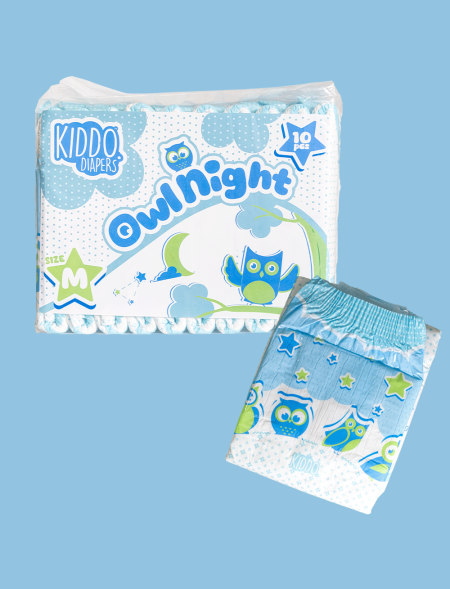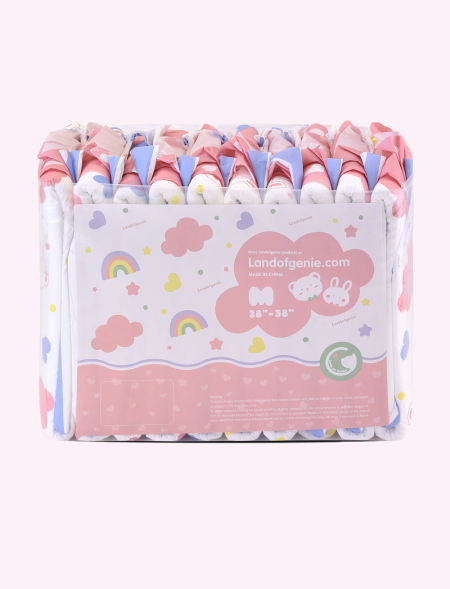
Take great ABDL photos!
Passion for Photography: Advice for the ABDL Community
I'm not a professional photographer, but it's a passion I've had for almost 15 years. I have also taken many photographs for the ABDL community. In many cases, there are some basic principles that might perhaps help some of us.
1. THE CAMERA
The great thing about our age is that you no longer need a high-tech camera to take good photos. Even smartphones are pretty good at this, especially if you use the main camera, which generally offers the best quality. You can also use real compact cameras, especially if they are recent. For the record, a modern smartphone is more effective than a compact that's 7 or 8 years old. As for those who own an SLR, in general they already have a good grounding in photography, so I doubt this subject will teach them anything. One of the keys, whatever camera you use, is to use the timer, which allows you to put the camera/smartphone down somewhere and strike more natural poses. Note that the selfie camera, the simplest and most widely used, gives good results provided the room is well lit. It also allows you to play with perspectives and points of view. However, it is advisable to use it sparingly.
2. THE LIGHT
Whether we're talking about ABDL photography or photography in the broadest sense, light is key. It's even more than that, it's the basis. Light is the lifeblood of a photograph. Always choose a time of day with intense lighting, ideally in full sunlight, because natural light is the most beautiful. You can also play with the contrasts between shadow and darkness when the light is lower. In photography, images taken in the morning or evening are often the most successful. The most 'natural' ABDL photos are often those taken indoors, because it's rare to walk around in a nappy in the middle of nowhere. However, indoor light is the most difficult to manage, especially if it's artificial, such as from a light bulb. So to increase your chances of taking good photos, make the most of daylight by positioning yourself near a light source.
For your information, it doesn't matter what camera you use (even if the best ones do better): lack of light is a real challenge. Your camera's sensor will increase ISO sensitivity, i.e. its ability to capture light, to the detriment of overall quality. Basically, the darker it is, the noisier the image will be, i.e. grainy and therefore of poorer quality. I strongly advise against using flash, as it distorts photos, unless you know how to control it. If that's the case, this subject shouldn't be much use to you.
3. THE COMPOSITION
Composition is the second most important thing after lighting. It consists of determining how you are going to frame the image, or more simply, where you are going to place the main subject. There's one rule you need to know, and that's the rule of thirds. You need to divide your photo into 3 thirds across the width and 3 thirds up the height, which gives you 9 squares. The general idea is that the main subject should never be in the middle of the photo, except in exceptional circumstances. This can make your photo look like all the others. It's also important to give the subject space and allow it to breathe. For example, if it's a photo of you in bed, put some space in front of your eyes. If the photo is taken from above, why not position yourself diagonally? If you have stuffed animals, scatter them around the rest of the space. By dividing your image into thirds, the points that meet should align with what the eye needs to see.
4. THE SUBJECT
When it comes to ABDL photography, the subjects are varied. You really need to define the subject from the outset, as this is the general idea that will emerge from your final photo. ABDL photos are rarely simple portraits (except to show the head or dummy), but more often of the body in general, ideally languid. Try to be original and rigorous. Avoid doing something that's already been done, or if you do, do it your way, with your favourite nappies, cuddly toys or clothes, for example. Showing just one nappy can be repetitive and unattractive. A few tips: suggest rather than show everything. A piece of plastic sticking out of trousers or pyjamas can sometimes be more suggestive than a close-up of a full nappy. If you're just taking a close-up of a nappy, adopt a natural pose, such as lying on the bed, trying to hide your nappy out of shame, with trousers pulled down in a punishing manner, or careful lighting, with a sharp foreground and a blurred background. Make it poetic. Staging situations is the easiest thing to do because there are so many of them in the ABDL framework. When waking up with your cuddly toys, at breakfast, getting dressed, getting a lang syne, and so on. Always look natural and avoid looking the camera in the eye, unless you want to give them an innocent, knowing look. Pure portrait photos, i.e. just you in the photo with nothing else, are the least obvious. Don't hesitate to take lots of photos, there will be one that speaks to you more than another. I'd also encourage you to place yourself in a neutral environment to make your character stand out. Take care of the details, tidy up the room, use your best clothes, your best nappies, your best cuddly toys and so on. For the record, you don't need to show your face to take a good photo. A few tips if you don't want to reveal yourself to others: hide your head with an object (e.g. your cuddly toy), turn your head quickly so that it's out of focus when the photo is taken, avoid the camera's gaze, take a three-quarter rear view photo, etc. Once again, be natural. The most spontaneous photos are the most beautiful, so it's up to you to convey this idea in your image. If you're with a group, group photos are also the most original and offer many possibilities. Don't hesitate to take inspiration from photos you've already seen: there's nothing wrong with starting somewhere!
5. POST-PROCESSING
Use in moderation, it's up to you! Personally, I rework all my photos because I'm looking for perfect detail and I like to play around with filters, effects, retouching, etc. A great site for online retouching is https://ipiccy.com/. I also use the paid version of MOLDIV on my phone, which gives great results! This site lets you do lots of little touch-ups and cool effects. Don't hesitate to take a photo to test and push the features to the extreme to see how they look! Some of the effects are pretty cool: blur a background, add vignetting, change the colours and warmth of a photo (a bit like on Instagram), change the colour of eyes, remove the effect of hair, and so on. You can also adjust a few basic parameters such as exposure, brightness, contrast, etc. Give your photo a more special atmosphere, but don't ruin it in the process: I recommend using filters at 15% or 20% of their maximum rendition.
6. MARK YOUR PHOTOS
... or 'watermark' your photos. It's simple, but it prevents theft of intellectual property. At least people will know where to find you (pseudonym on forums, Tumblr or whatever) and will make the link with your other works. Try to make it as discreet as possible so as not to draw too much attention to it (and therefore with the maximum fade effect). Ideally, place it in the centre of the image.


































